SHORT LINE RAILROAD
TransLink SkyTrain Unveils Canada’s Longest Driverless Trains, Boosting Metro Vancouver Capacity by 25 Percent
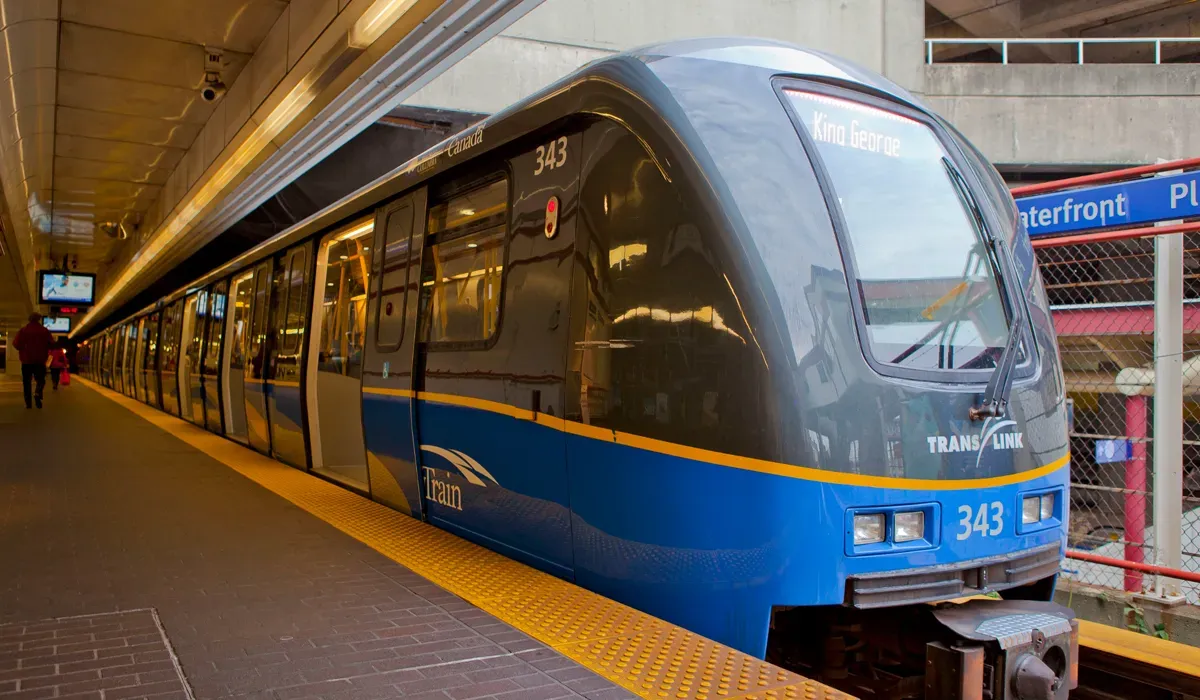

TransLink operates one of North America's most extensive transit rail networks, connecting businesses and communities across Metro Vancouver with safe, efficient, and environmentally responsible transportation solutions. The network spans over 80 kilometers of automated rapid transit lines, serving more than 20 cities in British Columbia, and primarily transports passengers rather than freight, making it a Transit railroad.
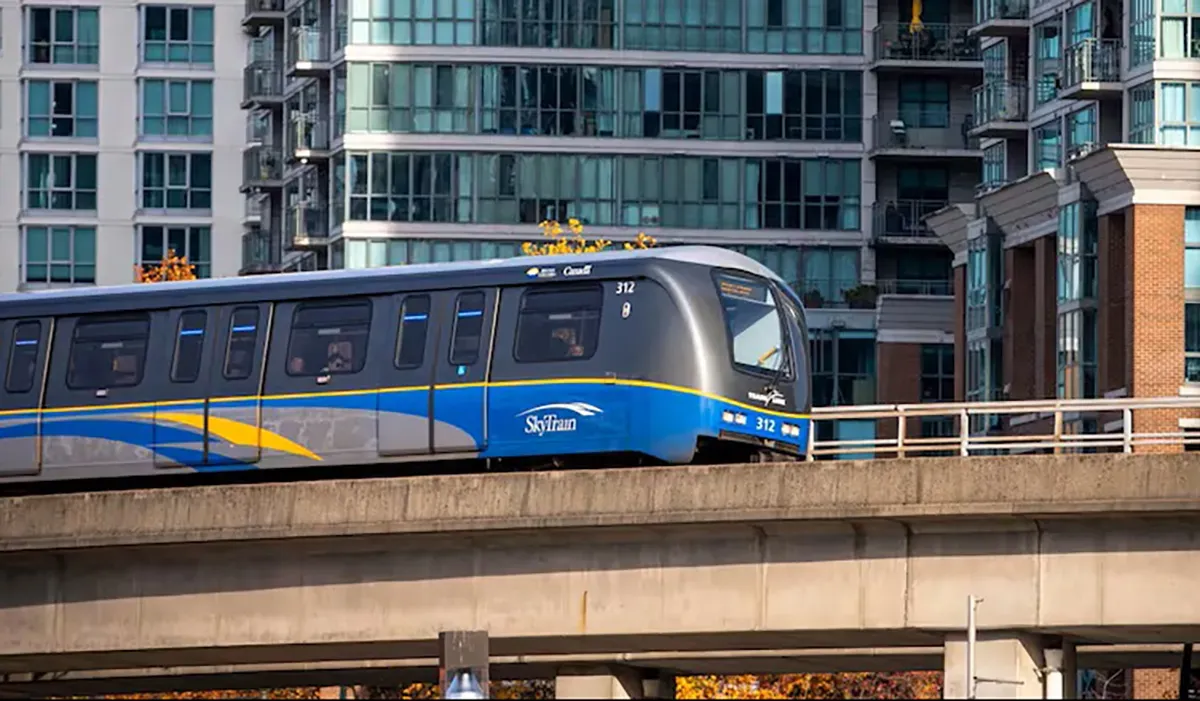
FOUNDING HISTORY & ORGANIZATIONAL STRUCTURE
TransLink was founded in 1998 by the Government of British Columbia to integrate and manage the region’s public transportation, including bus, rail, and ferry services. The agency was established to unify transit planning and operations under a single authority, and it has since overseen major expansions such as the Canada Line and Evergreen Extension..
HEADQUARTERS & OPERATIONAL BASES
The headquarters of TransLink is located at 400-287 Nelson’s Court, New Westminster, British Columbia, V3L 0E7. This modern facility houses executive offices, planning, and administrative functions, and serves as the central hub for coordinating the region’s multimodal transportation network..

LEADERSHIP & EMPLOYEES
Kevin Quinn serves as CEO of TransLink. He brings extensive experience in public transit leadership, having previously led the Maryland Transit Administration. Other key executives include Gigi Chen-Kuo, Chief Operating Officer, who has a background in legal and operational management, and Michel Ladrak, President and General Manager of BC Rapid Transit Company, who oversees SkyTrain operations and has decades of experience in rail systems management.
TransLink employs approximately 8,000 people, with about 5,000 being skilled craftspeople, maintenance workers, and service teams who keep the network running safely and efficiently. The workforce is diverse, with a strong focus on equity, inclusion, and representation across operational and administrative roles.
FACILITIES & OPERATIONS
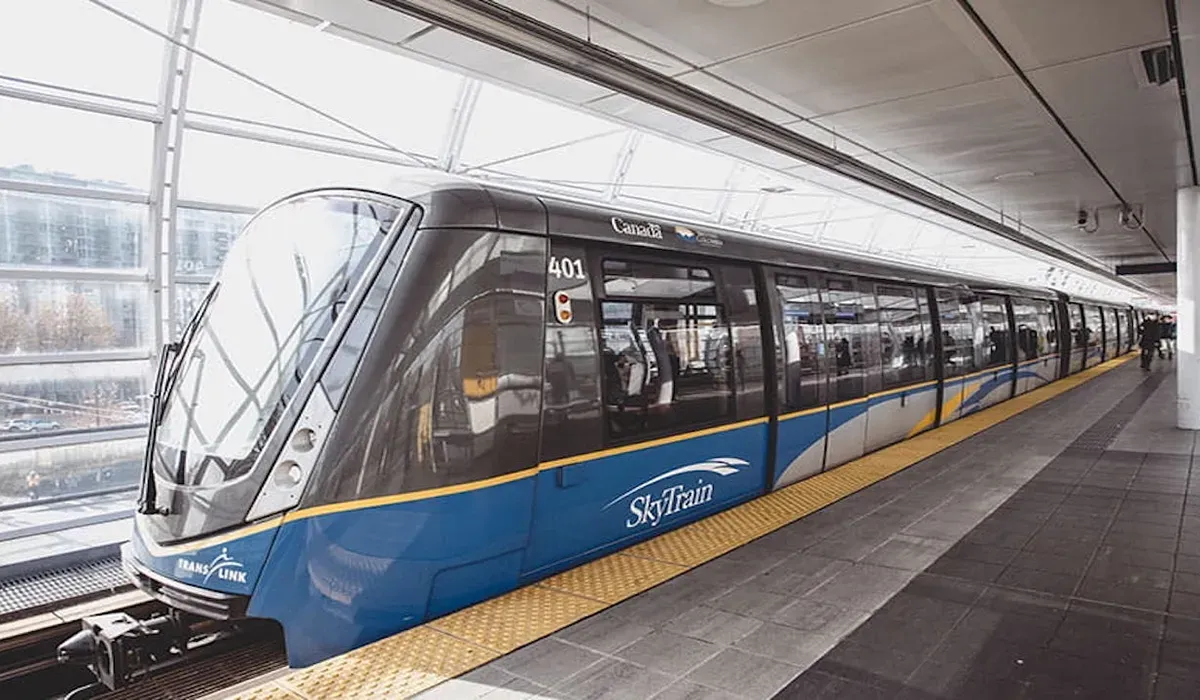
Major facilities include the Operations and Maintenance Centre in Burnaby, which is the primary hub for SkyTrain fleet servicing and storage. The Edmonds Operations and Control Centre in Burnaby manages train dispatch and network monitoring. The Waterfront Station in Vancouver serves as the main downtown terminal, while the OMC2 facility in Coquitlam supports the Evergreen Extension. The new Operations Control Centre 2 (OCC2), under construction, will provide expanded capacity for future network growth. The Commercial-Broadway Station is a key interchange and has recently undergone significant upgrades to handle increased passenger volumes.
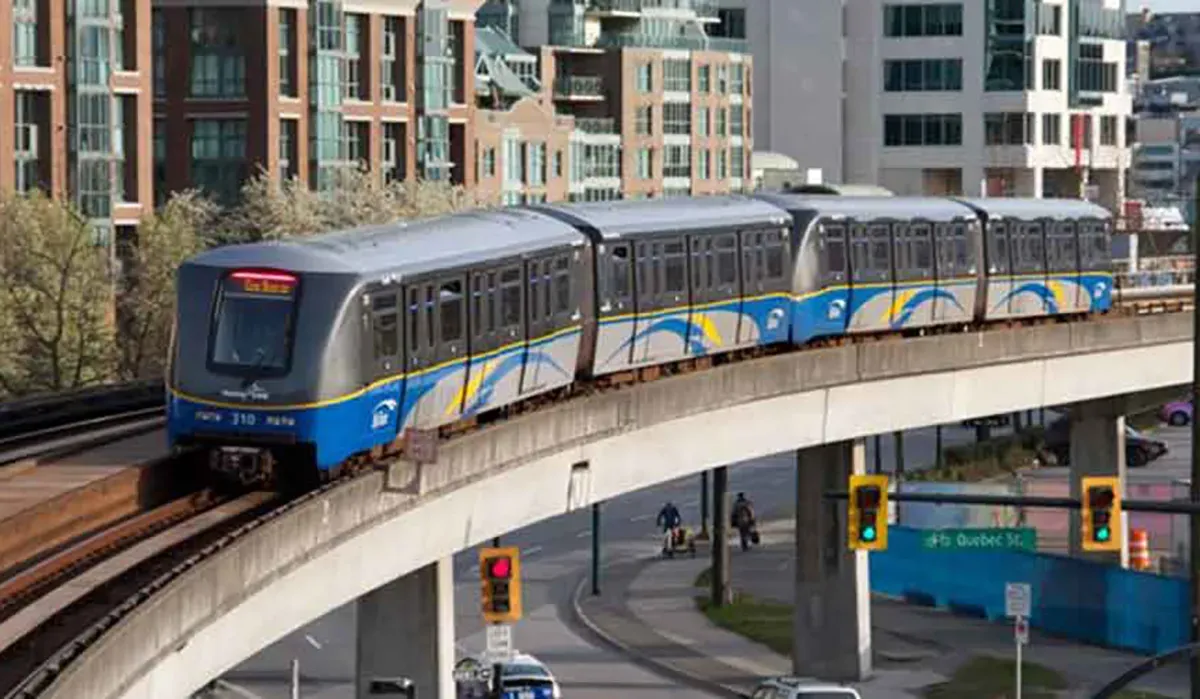
TransLink maintains ISO 14001 environmental certification for its operations and has received multiple safety awards from the Canadian Urban Transit Association. The agency is fully compliant with Federal Railway Administration (FRA) and Transport Canada safety standards, and its facilities undergo regular third-party audits to ensure ongoing compliance.
EQUIPMENT & INFRASTRUCTURE
The network handles a variety of passenger rail vehicles, including the new Mark V SkyTrain cars, which are five-car, fully automated, and can carry up to 672 passengers per train. These trains offer a 25 percent increase in capacity over previous models. While TransLink does not handle freight containers, it operates specialized rolling stock for maintenance and emergency response.
TransLink uses advanced technology platforms, including a real-time train tracking and dispatch system, a customer-facing trip planning portal, and a mobile ticketing app. The agency has implemented workflow automation for service delivery and offers an API Center for integration with third-party mobility and logistics providers.
The geographic scope of TransLink covers Metro Vancouver, including the cities of Vancouver, Burnaby, Surrey, Richmond, Coquitlam, New Westminster, and several others, with a total of over 80 route miles of rapid transit. Key corridors include the Expo, Millennium, and Canada Lines, which connect major employment, residential, and commercial centers across the region.
TransLink maintains strategic partnerships with BC Rapid Transit Company, InTransitBC, and Coast Mountain Bus Company, as well as with local municipalities and the provincial government. The agency also collaborates with Alstom and Bombardier for rolling stock supply and maintenance.
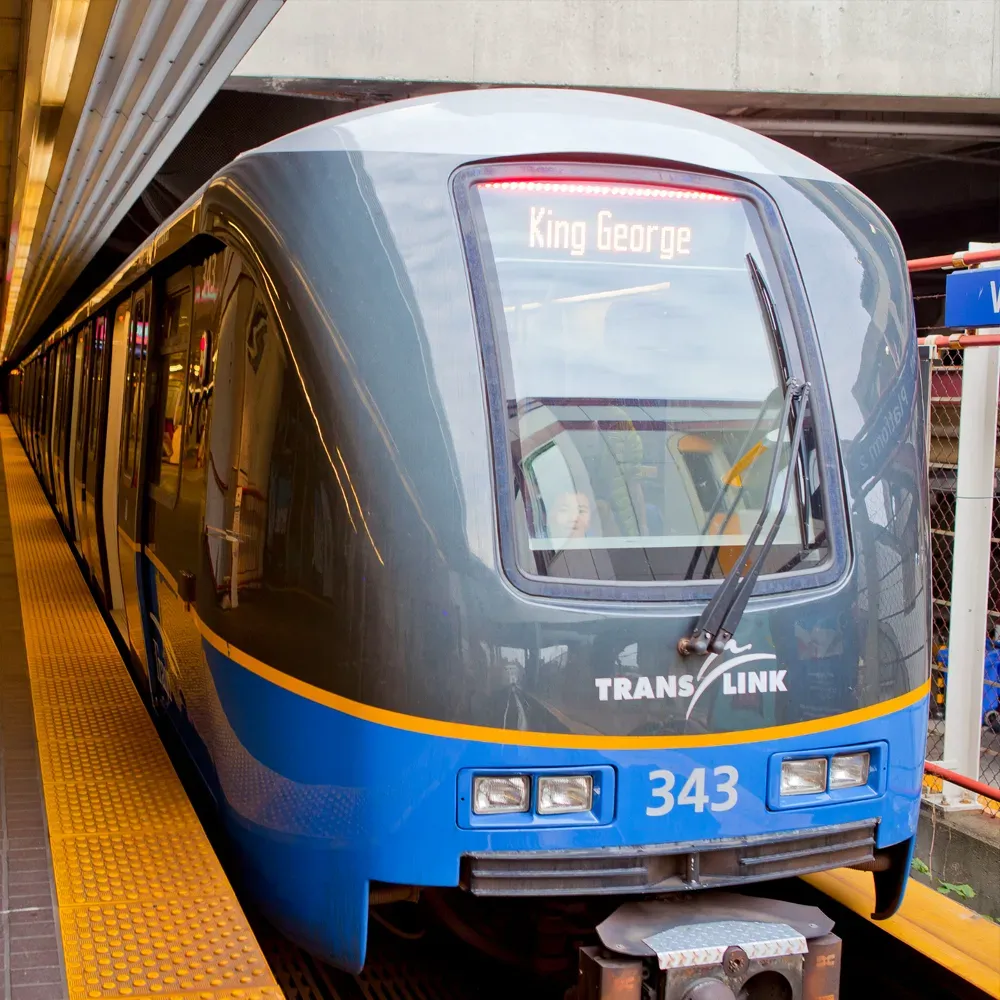
FINANCIAL METRICS & STABILITY
In 2024, TransLink reported a pre-tax profit of $0.12 billion on revenues of $2.1 billion. The company’s operating ratio improved to 94 percent, reflecting enhanced operational efficiency despite ongoing funding challenges.
Recent capital investments include $740 million for the procurement of 235 new Mark V SkyTrain cars, with deliveries scheduled through 2029. The agency has also invested $300 million in the construction of the Broadway Subway and Surrey-Langley SkyTrain extensions, with major contracts awarded in 2024.
SERVICE PORTFOLIO

TransLink offers a range of logistics services, including full container load and less than container load shipments for maintenance and emergency response equipment. Additional services include customs brokerage for cross-border rail shipments, trade compliance consulting for procurement, and cargo insurance for specialized rail vehicles and equipment.

TransLink has launched a new customer portal to enhance self-service capabilities and improve day-to-day activities for its clients. Additionally, the company offers an API Center to facilitate seamless integration with customer systems, supporting real-time trip planning and fare payment.
INDUSTRY REPUTATION & NEWS
TransLink is actively working to enhance operational efficiency and service quality. The company has implemented automated obstacle scanners at its hubs and loading parks to improve safety and efficiency in handling rail vehicles. Recent developments include the entry into service of the new Mark V SkyTrain trains and the ongoing construction of the Operations Control Centre 2.
TransLink’s Site Certification Program has identified optimal rail-served sites and conducts in-depth reviews to ensure readiness for development. This program aims to minimize development risks for customers and enhance supply chain efficiency. The agency has also received recognition for its environmental leadership and safety performance.
ANALYSIS & FUTURE OUTLOOK